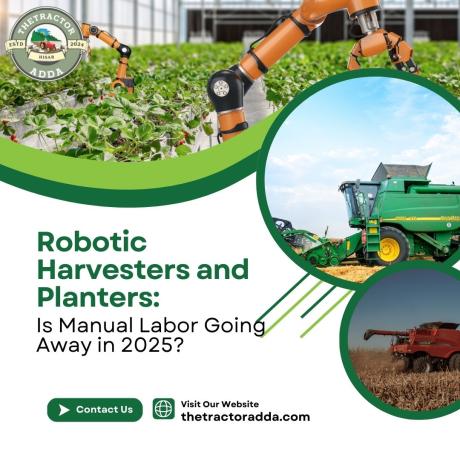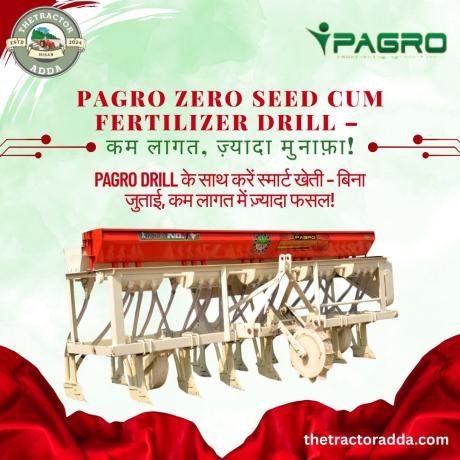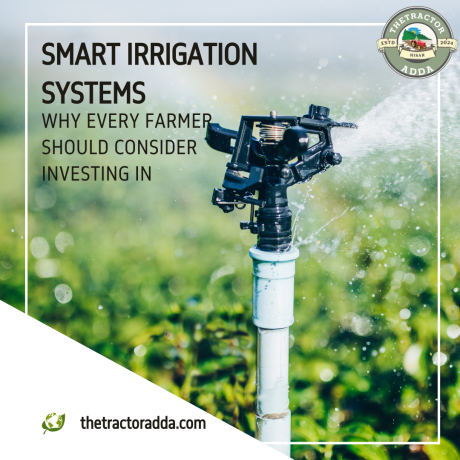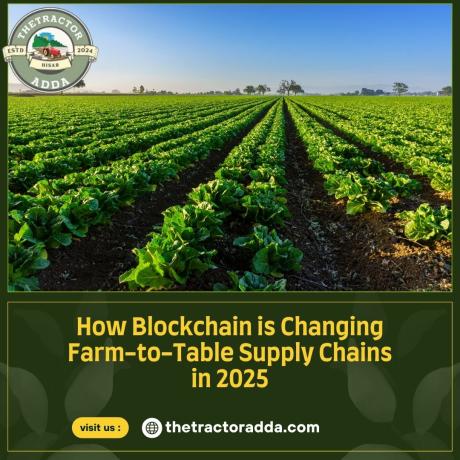Robotic Harvesters and Planters: Is Manual Labor Going Away in 2025?

Blog Description
In 2025, tractors aren’t the only machines rolling into Indian farms—robots are here too. With smart planters and AI-powered harvesters, farming is entering a new age. But the big question is: Are these machines replacing manual labor for good? Let’s explore how robotic farming is changing the game.
???? What Are Robotic Harvesters and Planters?
These are automated machines designed to sow seeds and harvest crops without human hands. Guided by AI, GPS, and smart sensors, these machines can detect plant maturity, pick ripe produce, and plant with precision. They work faster, longer, and without breaks—redefining efficiency.
???? Why Farmers Are Turning to Robots
- Labor Shortages: In many parts of India, skilled farm labor is getting harder to find, especially during peak seasons. Robots fill the gap.
- Higher Productivity: Robots work round the clock with accuracy, increasing both speed and yield.
- Cost Efficiency Over Time: Though the upfront cost is high, long-term savings on labor and reduced crop loss make it worth it.
???? Real-World Applications in India
Startups and companies like TartanSense, AutoNxt, and AgriBot are developing Indian-style robotic machines that can handle crops like wheat, rice, sugarcane, and even cotton. These machines can now weed, plant, and harvest in real-time—often monitored remotely via smartphone.
⚠️ Challenges Farmers Still Face
- High Initial Cost: Most small and marginal farmers can’t afford them—yet.
- Training Needed: Farmers must learn how to operate and maintain the machines.
- Crop Compatibility: Not all crops can be robotically handled—manual touch is still required for many.
???? Is Manual Labor Really Going Away?
Not completely. While robotic planters and harvesters are reducing the need for repetitive tasks, manual labor still plays a big role—especially in small farms, complex crops, and quality checks. The future looks like a hybrid model: machines + skilled humans.



